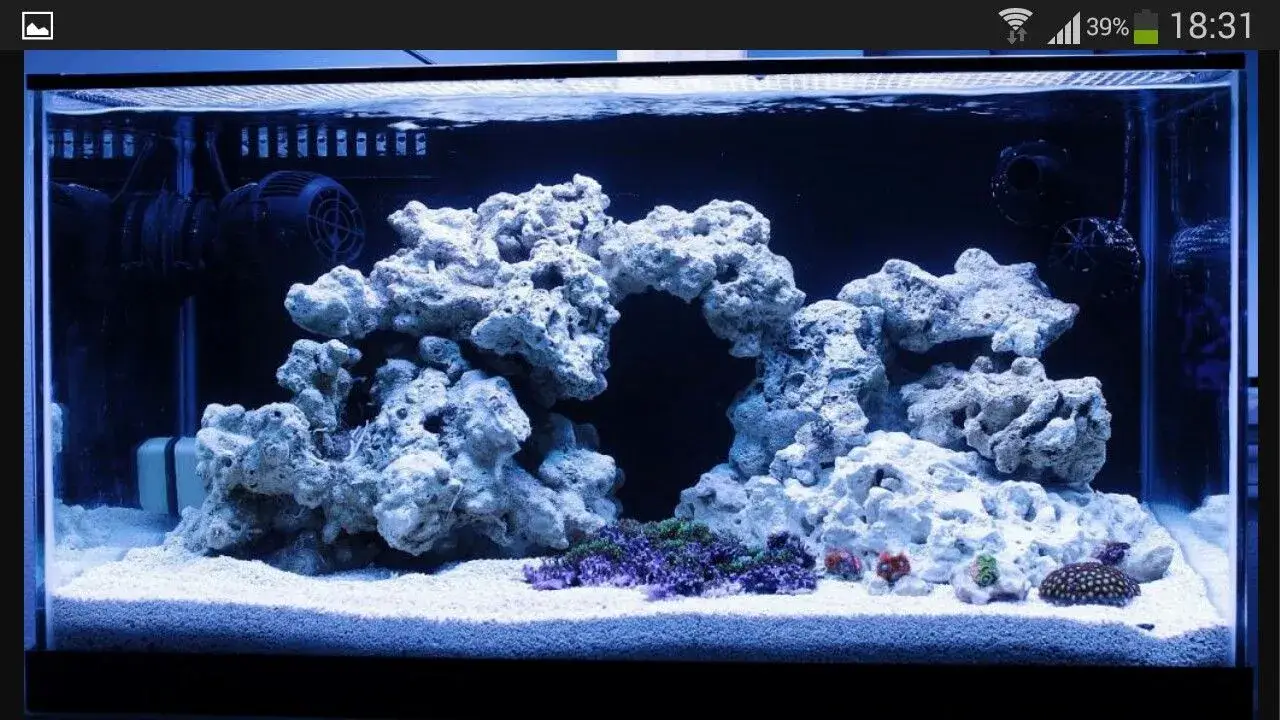How to Cool Down Your Marine Aquarium: Simple Solutions for Hot Summer Days
How to Cool Down Your Marine Aquarium Tank During Summer
As summer temperatures soar, maintaining a stable and comfortable environment in your marine aquarium becomes crucial. High temperatures can affect the health of your fish and corals. Knowing how to cool down your marine tank can prevent overheating and ensure the well-being of your aquatic life. Here are several effective methods to help cool down your aquarium during the hot summer months.

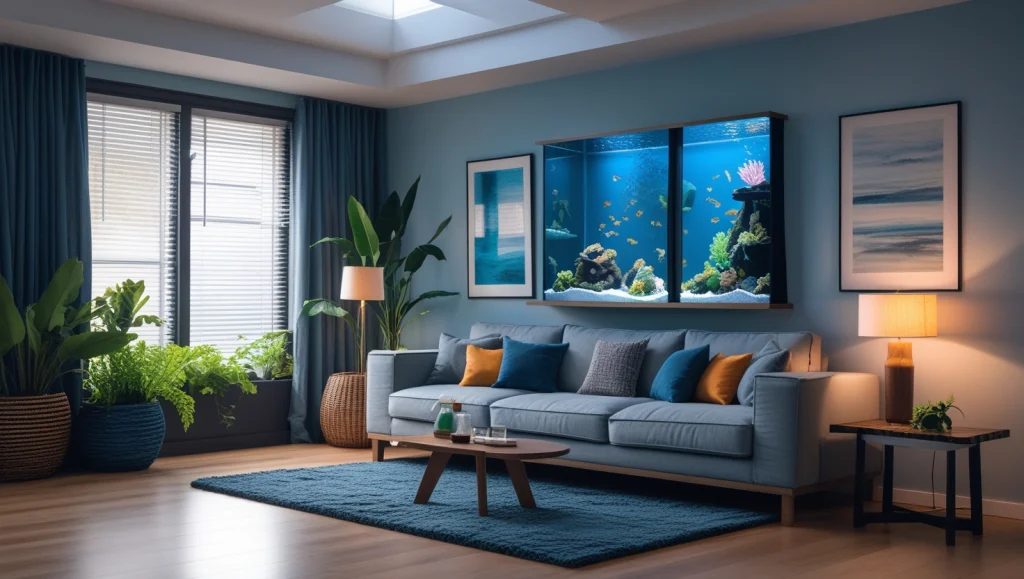

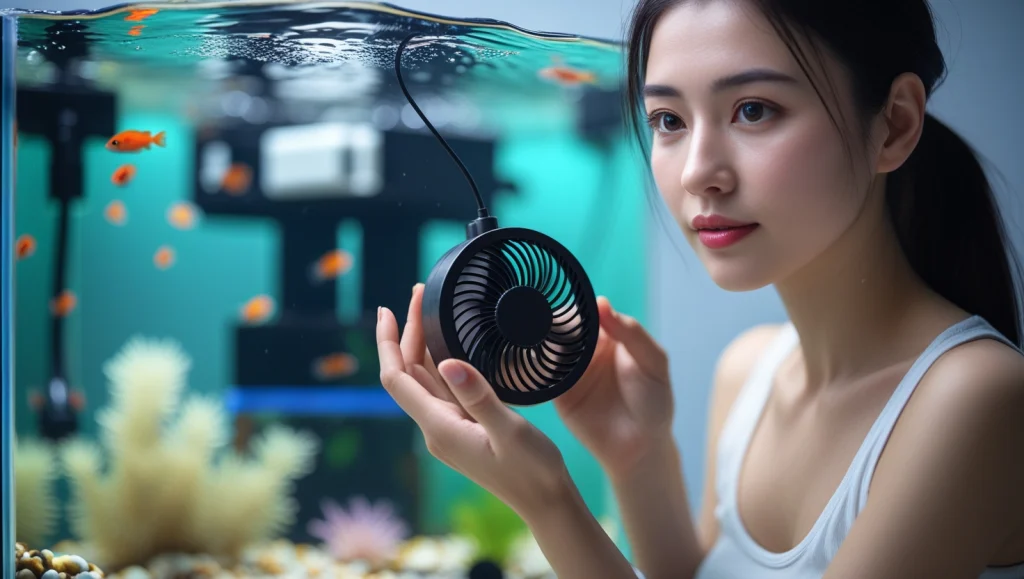

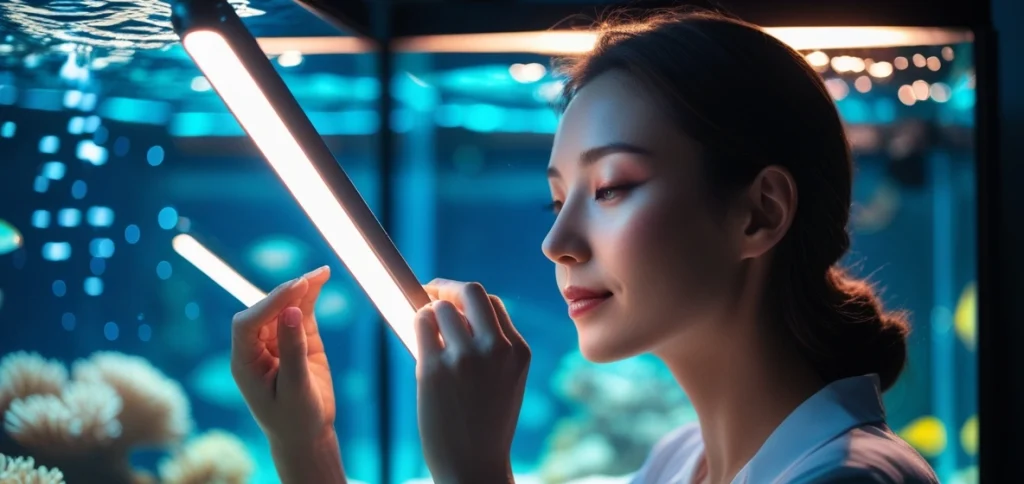
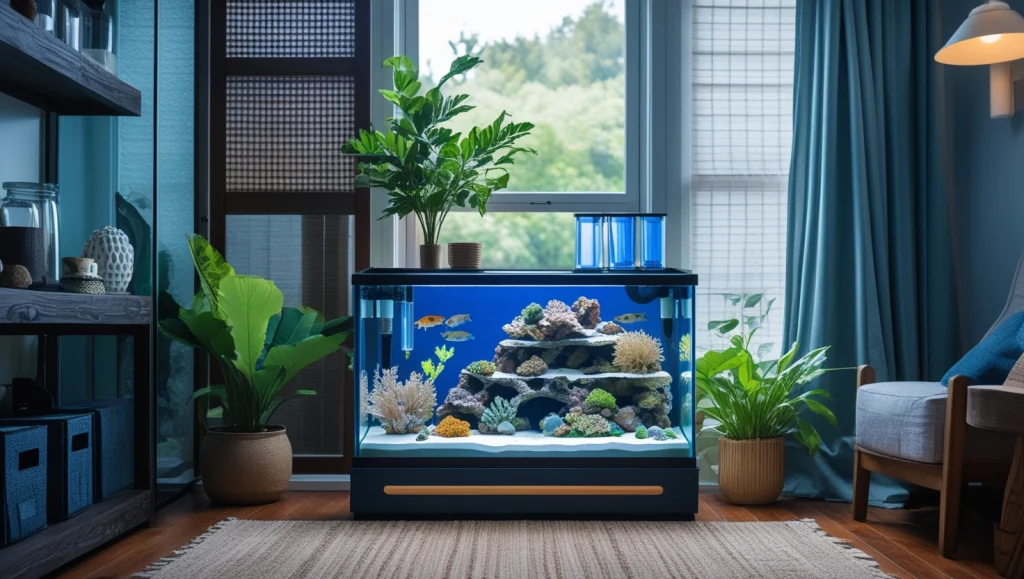


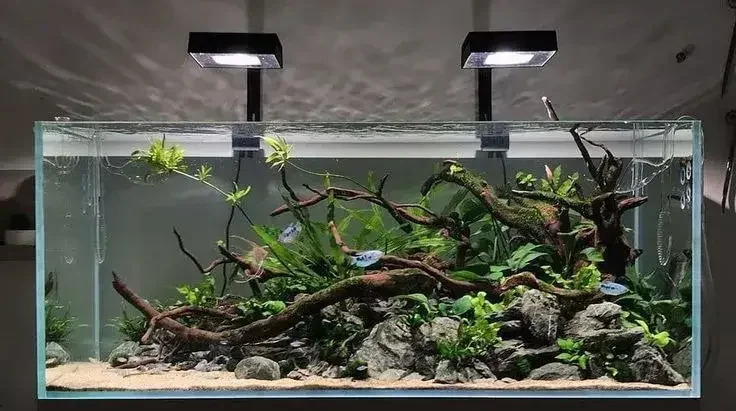
Some Basic Aquarium Cooling Tips
1.Make sure to reduce any heat sources in the room
2.Offset your lighting period
3.Use a pedestal fan
4.Use your home AC to lower the temperature
5.Use bottles of ice to cool down your reef tank
6.Use aquarium cooling fans
7.Replace internal pumps with external ones
8.Replace metal halide lights with T5 or LED
9.Buy a chiller
Ways to cool your saltwater aquarium
1. Make sure to reduce any heat sources in the room
The warmth from the surrounding room can cause the water temperature in your reef tank to rise. To address this, it’s a good idea to first focus on lowering the room temperature. You can keep the blinds closed during the day, open windows and doors to allow for natural ventilation, or even install reflective window film to deflect UV rays. While these adjustments may seem minor, they can help by speeding up the cooling process through evaporation and by lowering the room temperature overall.

2. Offset your lighting period
Having a reef tank means you can’t completely turn off the lights, as corals rely on photosynthesis. However, you can adjust the timing of your lighting so that the lights are off during the hottest part of the day. By setting your tank lights to be on at night, you can help prevent the aquarium from overheating.

3. Use a pedestal fan
This affordable method works by utilizing evaporative cooling, which can lower your water temperature by as much as 5°F. To apply this technique, position a fan so that it blows air across the surface of your open aquarium, and set it to the highest speed. Ensure there is proper airflow in your room to help remove the hot air that is generated from the evaporation process in the reef tank.

4. Use your home AC to lower the temperature
You can use your home air conditioning system to reduce the temperature of the room, which can help keep your reef tank cooler. While this may raise your electricity bill, it can help prevent the tank from overheating. It’s also a good idea to keep the windows and doors closed when using the AC, as this will help keep hot air from entering the room.

5. Use bottles of ice to cool down your reef tank
Plastic bottles can be used to cool down your tank. You first have to clean up the bottle and remove all the labels from it. Give it a good soak in warm water and vinegar to remove all the oils, dirt and bacteria from it. Rinse it well with RO/DI water.After you manage to clean the bottles, fill them up with water 2/3 from full and place them in the freezer. You can then place a sealed frozen bottle in your aquarium or sump to help reduce the water temperature. Place it as far away from your livestock as possible to not shock them with the sudden change in temperature.After the ice in the bottle is melted, you can rinse it, dry it and place it again in the freezer. Drop another bottle into the aquarium to continue the cooling process. Make sure to monitor the temperature so you don’t cool it too fast or too much.This process requires your constant attention so it’s not always a good way. But in emergency situations when you need to cool down your tank fast, it’s a great way to do it .
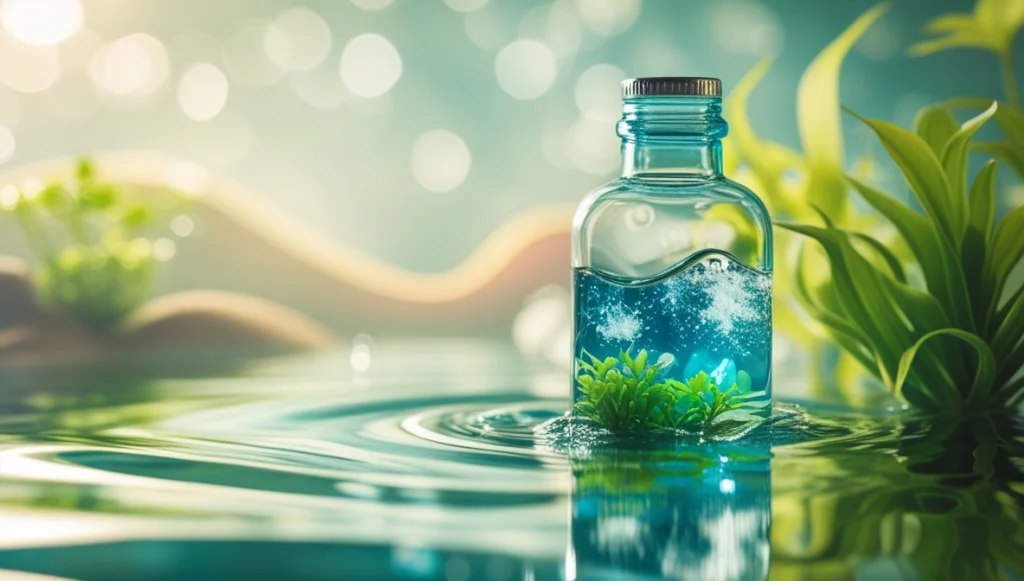
6. Use aquarium cooling fans
Taking advantage of the process of evaporation, fans specially built for aquariums are great for keeping the water temperature low.The advantage of using this kind of fan compared with room fans is the ability to connect to control which turns it on and off depending on water temperature. They clip onto the rim of your tank to move air across it like a pedestal fan, but they look better and they are more powerful.6. Use aquarium cooling fans

7. Replace internal pumps with external ones
Flow and return pumps are a necessity for a reef tank, but they can be a source of heat if they are submerged in the water.Thanks to technological advancement in reefing equipment, you can now use flow pumps that have the powerhead outside of the tank, taking the heating element from the water. The propeller is the only part inside the tank and it connects to the motor outside of the tank via magnetism.Going for an external return pump can also eliminate a big source of heat from your water, as return pumps usually have big motors to move all that water inside your system.7. Replace internal pumps with external ones

8. Replace Metal Halide lights with LED or T5
By replacing Metal Halide lights with LED or T5 lighting, you can reduce the heat load on your reef tank, promote healthier livestock, and enjoy more energy-efficient lighting. This switch is especially beneficial if you’re looking to maintain a stable tank environment without the added stress of overheating.

9. Buy a chiller
The last resort that is guaranteed to take care of the heating problem automatically is using an aquarium chiller for your reef tank. This device works as an air conditioner for your tank.Water is pumped through it, and when the sensor detects a rise in temperature it will activate the chiller and decrease the water temperature before sending it back into the tank. It works automatically so you won’t have to worry about water temperature anymore.Chillers come in different sizes, depending on the amount of water inside your tank.While it may seem a costly investment at first, having an automated system to cool down your water helps you sleep better at night. Chillers are the most effective way for keeping a stable temperature in your aquarium during the summer months.

Saltwater aquarium proper water temperature
The ideal temperature for a saltwater aquarium is debatable among reefers, as some corals come from warmer waters and prefer higher temperatures than other corals that prefer colder waters. This can also be said about different species of fish.However, keeping your tank at 77 Fahrenheit or 25 Celsius is a good temperature for all potential livestock. Having a water temperature that is lower or higher than this range can cause serious problems for your corals and fish that don’t tolerate it.And due to the organic waste that is present in the water, higher-than-normal temperatures are also facilitating algae growth, and we all know what a nuisance that can be.Corals and fish need a stable temperature at all times. The water temperature shouldn’t change for more than 2 degrees Fahrenheit per 24 hours, otherwise, the inhabitants will be shocked by the sudden change.A big volume of water will take longer to heat up while also longer to cool down, and smaller aquariums fluctuate more easily.Saltwater aquarium proper water temperature

How to detect when an aquarium is too hot
Before coming to the conclusion that your aquarium is too hot, make sure that the temperature read is accurate. Check if your thermometer is reading accurately.Make sure the temperature probe isn’t out of the water, giving you an incorrect read, and make sure the heater is not stuck in “On”.Some of the signs you can notice when the reef tank water is too hot are corals closing up their polyps and the water turning cloudy due to an increase of heterotrophic bacteria. Algae growth can also increase and your fish will get stressed and gasp for air on the top. Water that is warmer carries less oxygen in it.If the temperature probe is accurate, it’s time to take measures as fast as possible.
Don’t add saltwater to your tank: When water evaporates during the scorching summer months, the salt from your reef tank remains there. It does not evaporate with the water. Therefore adding saltwater to your reef tank will increase the tank’s salinity, and that will affect your inhabitants.Always add fresh water to your tank to resupply it and make sure you have enough water available for your tank during the summer months. You’ll be amazed by how much water will evaporate every day from it.
